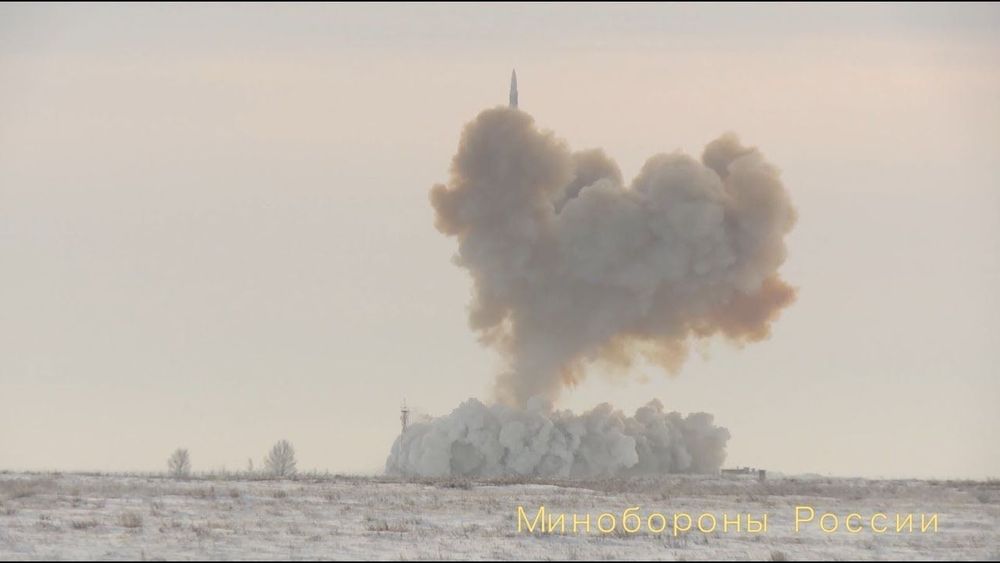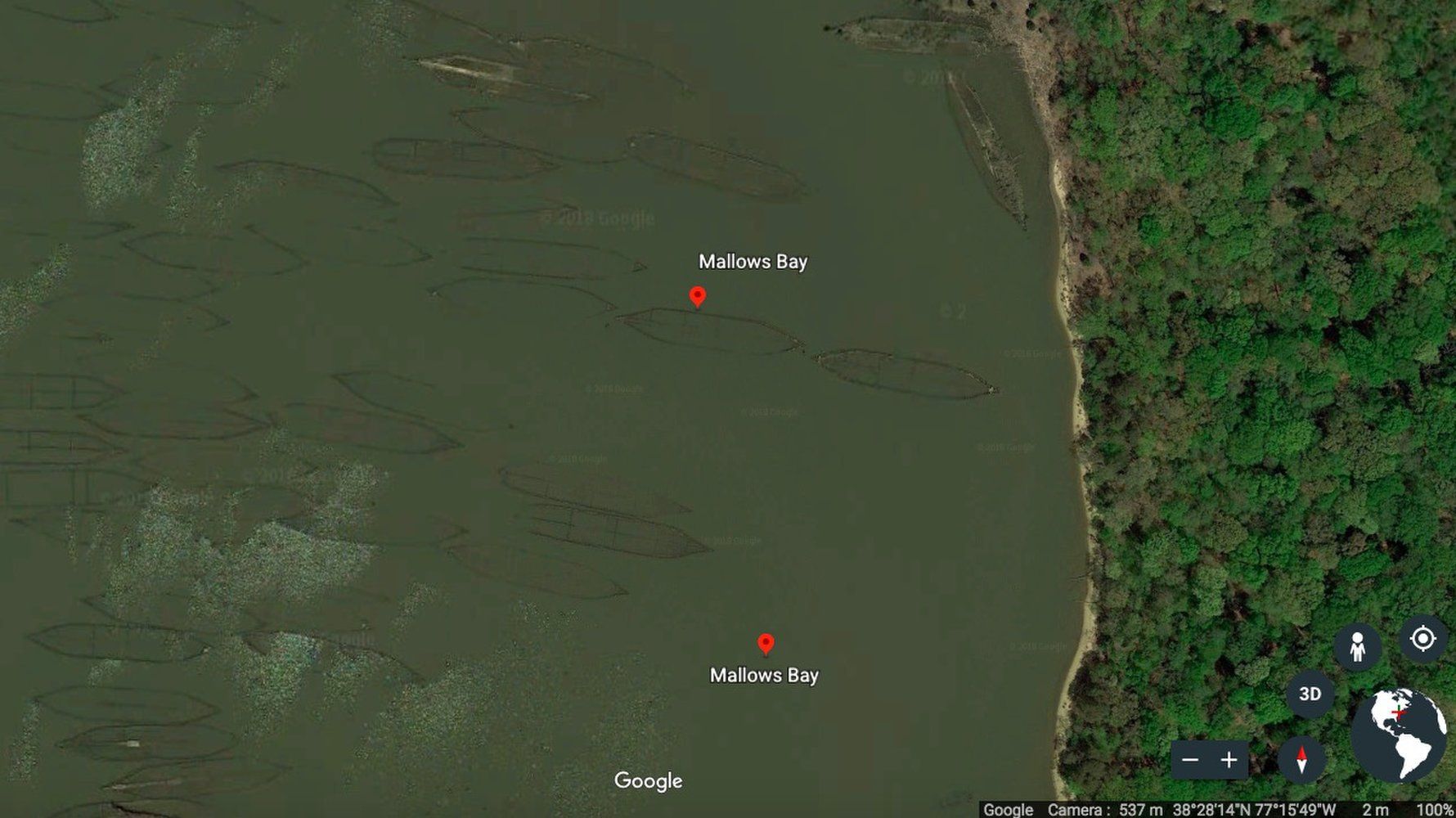Archive for the ‘military’ category: Page 196
Jan 2, 2019
Cosmic Ray Showers Crash Supercomputers. Here’s What to Do About It
Posted by Genevieve Klien in categories: military, particle physics, space, supercomputing
The Cray-1 supercomputer, the world’s fastest back in the 1970s, does not look like a supercomputer. It looks like a mod version of that carnival ride The Round Up, the one where you stand, strapped in, as it dizzies you up. It’s surrounded by a padded bench that conceals its power supplies, like a cake donut, if the hole was capable of providing insights about nuclear weapons.
After Seymour Cray first built this computer, he gave Los Alamos National Laboratory a six-month free trial. But during that half-year, a funny thing happened: The computer experienced 152 unattributable memory errors. Later, researchers would learn that cosmic-ray neutrons can slam into processor parts, corrupting their data. The higher you are, and the bigger your computers, the more significant a problem this is. And Los Alamos—7,300 feet up and home to some of the world’s swankiest processors—is a prime target.
The world has changed a lot since then, and so have computers. But space has not. And so Los Alamos has had to adapt—having its engineers account for space particles in its hard- and software. “This is not really a problem we’re having,” explains Nathan DeBardeleben of the High Performance Computing Design group. “It’s a problem we’re keeping at bay.”
Continue reading “Cosmic Ray Showers Crash Supercomputers. Here’s What to Do About It” »
Dec 29, 2018
Donald Trump has ordered the Pentagon to create the US Space Force
Posted by Michael Lance in categories: military, space
The Space Force would constitute the sixth branch of the US armed forces.
The news: During a meeting with the National Space Council today, President Donald Trump directed the Department of Defense and the Pentagon to begin work on the creation of the Space Force. He stated, “‘We are going to have the Air Force and we’re going to have the Space Force, separate but equal.”
Some background: This isn’t the first time Trump has brought up this idea. He has continued to express interest in the idea during visits to West Point and in speeches to military members.
Continue reading “Donald Trump has ordered the Pentagon to create the US Space Force” »
Dec 26, 2018
Watch VIDEO of public test launch of Russia’s Avangard hypersonic glider
Posted by Victoria Generao in category: military

The Russian military has released a video of Wednesday’s public missile launch which deployed the state of the art Avangard hypersonic glider during its final trial. The weapon will enter service next year.
The footage shows a missile silo cover opening and the missile blasting off after an officer counts down the launch sequence. However, the short clip doesn’t show the moment the glider was deployed.
Continue reading “Watch VIDEO of public test launch of Russia’s Avangard hypersonic glider” »
Dec 19, 2018
Trump Signs Order to Create a U.S. Space Command
Posted by Michael Lance in categories: military, space
The first U.Space Command was founded in 1985 and disbanded in 2002.
The U.Space Command will defend U.S. assets and organize the military’s operations in outer space.
Dec 18, 2018
SpaceX and Blue Origin Just Scrubbed Near-Simultaneous Rocket Launches (Arianespace and ULA, Too!)
Posted by Genevieve Klien in categories: computing, military, satellites
With no less than FOUR rocket launches by four different companies, today promised to be an epic one for space fans. But by mid-morning, two of the most anticipated launches, by SpaceX and Blue Origin, were scrubbed by glitches, while weather forced another launch delay in South America.
SpaceX and Blue Origin kicked off the launch attempts today (Dec. 18). A SpaceX Falcon 9 rocket was set to launch GPS III SV01, the first of an advanced new navigation satellite system for the U.S. military. At first the mission, initially scheduled for 9:11 a.m. EST (1411 GMT), slipped a few minutes to 9:34 a.m. EST as SpaceX prepared for launch at its Cape Canaveral Air Force Station pad in Florida. But seven minutes before liftoff, the Falcon 9’s onboard computer triggered an abort, forcing SpaceX to stand down for the day.
“We did have an abort,” SpaceX Firmware Engineer Tom Praderio said during live commentary. “This abort was triggered by the onboard Falcon 9 flight computer. The unfortunate part is that it has pushed us past our launch window today.” SpaceX had a 26-minute window for the launch attempt. The company will try again Wednesday (Dec. 19), with liftoff set for 9:07 a.m. EST (1407 GMT).
Dec 18, 2018
The US Military Is Genetically Modifying Microbes to Detect Enemy Ships
Posted by Xavier Rosseel in categories: bioengineering, biological, genetics, military
🤔🧐🤷♂️🤦♂️
The effort is part of a $45 million program across all the branches of the armed forces to figure out military applications for genetic engineering.
Dec 17, 2018
An Underwater ‘Ghost Fleet’ of Shipwrecks Is On the Move, and Here’s Why
Posted by Genevieve Klien in categories: futurism, military
WASHINGTON — The history of maritime vessels in the U.S. is preserved in an unlikely place — at the bottom of a river.
Nearly 200 military shipwrecks — dating as far back as the Revolutionary War and including ships from the Civil War and both World War I and World War II — were deliberately sunk over centuries, in an area of the Potomac River called Mallows Bay, in Maryland. Over time, this so-called ghost fleet of wooden ships has come to serve as habitat for local wildlife.
But is this artificial ecosystem stable? Researchers recently investigated how the shipwrecks have changed over time; their findings, presented here on Dec. 13 at the annual meeting of the American Geophysical Union (AGU), explained how the bodies of the ships weathered river conditions — in some cases for hundreds of years — and how that might affect the future of the ghost fleet ecosystem. [Mayday! 17 Mysterious Shipwrecks You Can See on Google Earth].
Dec 16, 2018
DARPA head on AI dangers: ‘It’s not one of those things that keeps me up at night’
Posted by Derick Lee in categories: military, robotics/AI
“At least in the Defense Department today, we don’t see machines doing anything by themselves,” he said, noting that agency researchers are intensely focused on building “human-machine” partnerships. “I think we’re a long way off from a generalized AI, even in the third wave in what we’re pursuing.”
Artificial intelligence does not yet pose a serious threat to humans, according to the head of the Defense Advanced Research Agency. Though the military is rushing to improve its AI capabilities, DARPA Director Dr. Steven H. Walker said AI remains “a very fragile capability.”
Dec 6, 2018
The Final Frontier: Directed Energy Applications in Outer Space
Posted by Klaus Baldauf in categories: energy, mapping, military, space
[Editor’s Note: Mad Scientist Laboratory is pleased to publish the following post by returning guest blogger and proclaimed Mad Scientist Ms. Marie Murphy, addressing Directed Energy Weapon (DEW) applications in space, and their potential impact on Multi-Domain Operations (MDO) in the Future Operational Environment.]
The image of the “space war” is ubiquitous from popular Cold War and contemporary renderings: fast attack fighters equipped with laser cannons, swooping in to engage the enemy fleet in an outer space dogfight, culminating with the cataclysmic explosion of the enemy’s dreadnought. The use of directed energy in this scenario, while making for good entertainment, is a far cry from the practical applications of directed energy in space out to 2050. Taking a step back from the thrilling future possibilities of space combat, it is important to note that it is not a question of when lasers will be put into space — they already have been. What is uncertain is the speed at which lasers and other forms of directed energy will be weaponized, and when these capabilities will be used to extend conflict into the physical domain of low-earth orbit and outer space.
Since 2003, NASA has used a laser mounted on a satellite to measure ice sheets and conduct other environmental studies and mapping. This mission involved the constant emission of a green laser, split into six beams, reflecting off polar ice and returning photons to the satellite. NASA is presently exploring the use of lasers for communications, a technology with abundant military applications. One such program, undertaken jointly by NASA and private industry, is the use of optical, or laser, communications between space assets and ground stations on Earth. These optical transmissions have the benefit of allowing the communication.
Continue reading “The Final Frontier: Directed Energy Applications in Outer Space” »

















